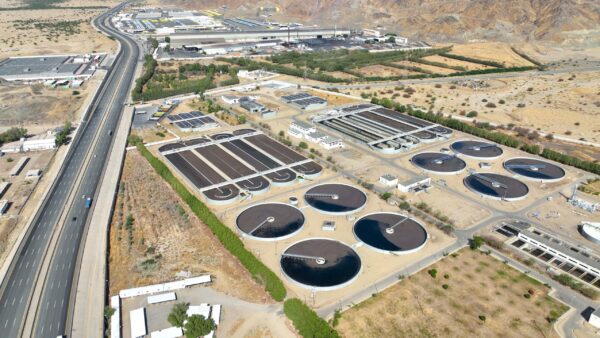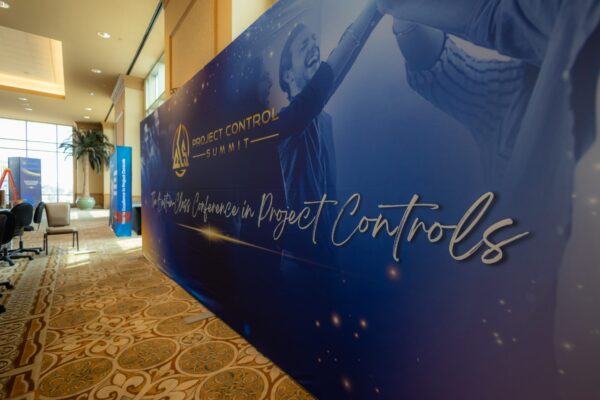

Northeastern University in Boston has unveiled a striking new building next week that will amplify the impact of its solutions-focused research enterprise in science and engineering.
Complex problems demand an interdisciplinary approach to research and innovation. The 220,000 square-foot Interdisciplinary Science and Engineering Complex is designed to extend Northeastern’s long-held commitment to that approach. Its glass-walled labs and ample public spaces foster collaboration among scientists and engineers, advancing cross-disciplinary initiatives and creative partnerships across the university and beyond.
The six-story building, located on Columbus Avenue on the university’s 73-acre main campus, includes space for wet, dry and computational research, classrooms and offices, conference rooms, a 280-seat auditorium, a striking six-story atrium, and an equally striking spiral staircase that links the open-design floors. The atrium can be used for informal meetings among students, faculty and external researchers, and can accommodate conferences and other events.
Founded in 1898, Northeastern is a global leader in experiential learning and in research focused on grand challenges in health, security, and sustainability. ISEC will be home to multi-disciplinary research groups in areas such as robotics, drug discovery, cybersecurity, and tissue engineering.
While the official dedication will be held on April 3, students and faculty got their first glimpses of the building when it opened for classes in early January.
Designed by Boston-based Payette, an award-winning architectural firm that specializes in high-technology science and research buildings, the complex has already attracted much attention.
“When you walk through the building, you can feel the excitement among the students and faculty. They’re already using the public spaces, walking around, taking pictures, and marveling at the architectural and engineering aspects of this incredibly unique building,” said Joseph Reilly, a Hill International program manager who has helped the university manage the three-year project. Hill provided owner’s representative services for the $225-million project.
“Hill supported the university’s facilities management group in managing day-to-day construction activities,” explained Joseph Naughton, Hill Senior Vice President and New England Regional Manager.
The building’s unique, modern design and prolific use of glass and steel simultaneously promotes its dual uses as a hub for cutting-edge research and a high-tech center for science and engineering education. The atrium and other public spaces are located within a rounded, almost circular portion of the building. Lab and classroom spaces are located adjacent to the atrium, in a portion of the building that resembles a slightly curved rectangle. The building is designed to let in as much natural light as possible and reduce energy costs. Huge, vertical aluminum “fins” are fitted to the triple-glazed curtainwall exterior to direct sunlight or provide cooling shade, depending on the time of day. The fins were custom-designed for the ISEC building, and were fabricated in the Netherlands after intensive testing.
“It’s a very, very unique curtain wall system that was designed to let in light, and reduce glare and solar gain—the heat buildup inside the building. It’s all a part of the high level of sustainability on this project,” Reilly said. The intricacy of the design, approval and fabrication processes had to be duly factored into the construction budget and schedule. “Keeping the construction of the building structure—the steel and concrete that typically go up first—in sync with the curtain wall installation and fabrication of the fins was a challenge,” Reilly said.
The university plans to seek a coveted LEED Gold certification for the building. Sustainability was designed and built into nearly every aspect. Lighting is automatically controlled by the amount of available sunlight entering the spaces. Lights remain off if there is enough sunlight, and only turn on when needed, sharply reducing energy consumption. HVAC and other mechanical systems also use “smart” technology to improve energy efficiency and reduce consumption. Water consumption also is minimized, both inside the building and outside, where communal, landscaped green spaces provide added areas for team-based study and interaction.
“The technology in this building is significant, and there are so many facets to it,” Reilly said. “It’s not just a ‘classroom’ building. There are 114 offices, 18 conference rooms, the auditorium, all the labs and the atrium, and each of the spaces has individual, unique technological requirements.
“For example, there is overhead projection, white board projection screens and wired podiums in the classrooms, various lighting schemes in the atrium to accommodate different types of events and presentations. Each conference room can be set up for a different function, and we went through a significant amount of coordination with the university to determine the myriad end uses of the conference rooms. There is a video wall in the auditorium that is truly state-of-the-art, as well as theatrical lighting. In addition, virtually every piece of furniture, from a podium to a desk, incorporates some kind of technology.”
The project team needed to ensure that the technology was properly accommodated, wired and installed, and that more conventional construction was completed well in advance.
The project team also had to coordinate the work with city and state agencies, as well as Amtrak and the Massachusetts Bay Transportation Authority. Rail lines used by the MBTA’s Orange Line and by Amtrak run alongside the building. (A rail station also is located nearby.)
“Working adjacent to five rail lines that have catenary structures was a pretty significant challenge, with specific clearance requirements,” Reilly said. “Work had to proceed safely and on schedule, but could not impede or constrict the rail lines in any way. But, because of careful planning, coordination, meetings and regular communication with Amtrak and the MBTA, we didn’t have any down time with the rail operations or the construction operations.”
Plans are now under way for a pedestrian bridge over the rail lines, which will functionally and aesthetically connect the two sides of the campus. Work is expected to begin this fall, and also will require extensive coordination among the university, the city, the MBTA and Amtrak, Reilly added.
Managing the intricate project schedule and myriad logistics sometimes demanded both flexibility and ingenuity. When the project team learned that vinyl tile selected for (and already partially installed in) the lab areas would ultimately not perform up to snuff, they worked with the manufacturer and the affected trades to address the problem and keep the project moving.
“We selected and got approval for another product, began removing the existing tile, and got the manufacturer to work with us, shipping the material in multiple shipments—as it was being produced—so that we could start installation sooner rather than later,” Reilly explained. “We also added work shifts to get the installation done and get the follow-on trades in and equipment and furnishings installed as quickly as possible.”
Both Reilly and Naughton said that such glitches are inherent in the construction process. “But, it is the team’s response to unanticipated problems that often makes all the difference,” Naughton said.
Reilly agreed. “We knew that this project had to be done in time for the spring semester. Opening a new building even a day later creates all kinds of problems, because the academic calendar, the arrival of students and the use of the spaces are all predicated on that opening,” he said. “Opening even a day later would have been perceived as a failure, and none of the team members were willing to accept failure. We had come so far, and had worked so well together. So, by working together, we were able to immediately implement an effective delay recovery program that maintained both the schedule and the budget, and enabled the building to open on time.”
Both Reilly and Naughton said that collaboration was key to the entire project. “We’ve been fortunate to be involved with the construction or renovation of some unique buildings in the Boston area over the past several years, but this one is pretty special,” Reilly said. “The building itself was designed to foster collaboration. Similarly, it also was built through collaboration—collaboration among the university, the architect, the general contractor, the trades, subcontractors, and all the regulatory agencies involved. It truly was a team effort, and is just a magnificent project and a real feather in the university’s cap.”
by Tricia M. McCunney
Share

June 23, 2025 | Articles
Jeffrey Hurley Joins Hill’s Northern California Rail Practice

June 23, 2025 | Articles
Ready, Set, Grow: First VP Chad Koelling Takes Charge of Hill’s Mountain West Region

June 8, 2025 | Articles
PMO in Saudi Arabia: The Holistic Approach to Realizing a National Mega-Portfolio

June 1, 2025 | Articles

May 26, 2025 | Articles

May 12, 2025 | Articles
Keeping Your Water/Wastewater Programs Flowing with Public Relations

April 27, 2025 | Articles
Oiling the Machine: Steps to Successful Permitting on Infrastructure Megaprojects

April 20, 2025 | Articles
Sustainable Scaling: Solutions for Managing Risk on Europe’s Data Center Projects